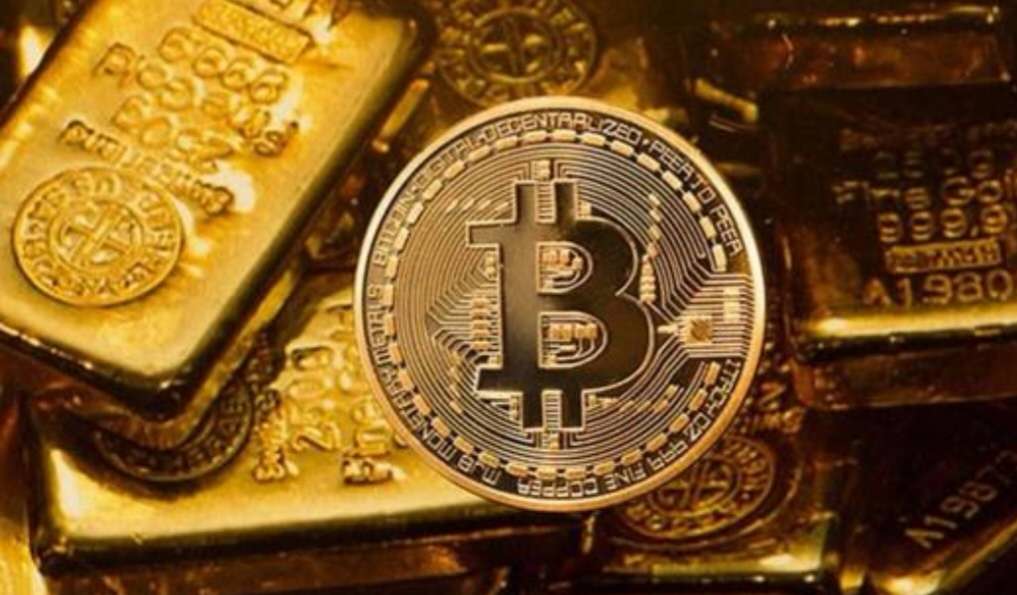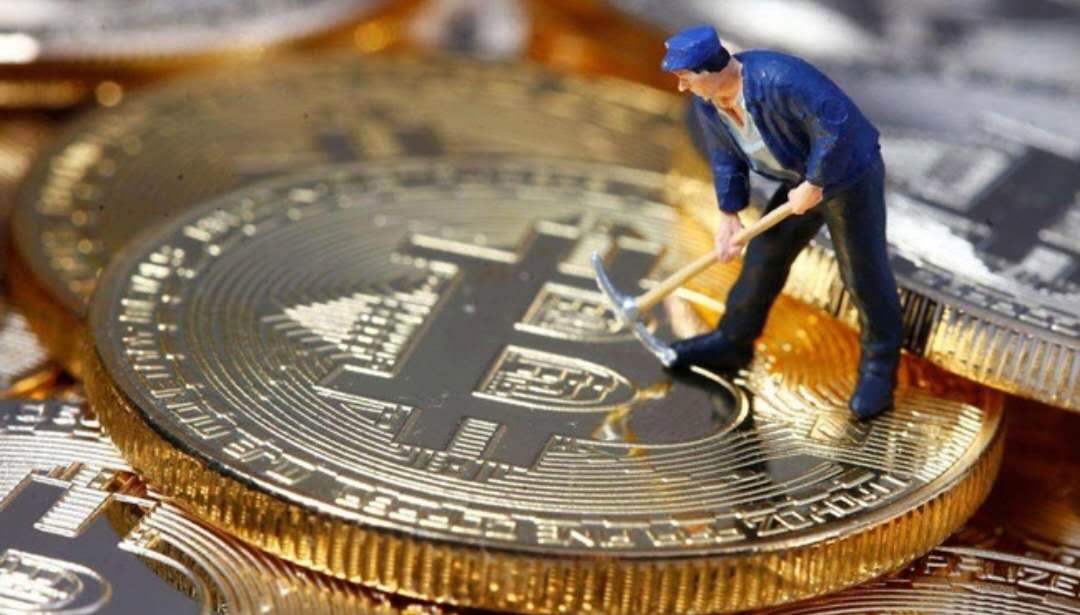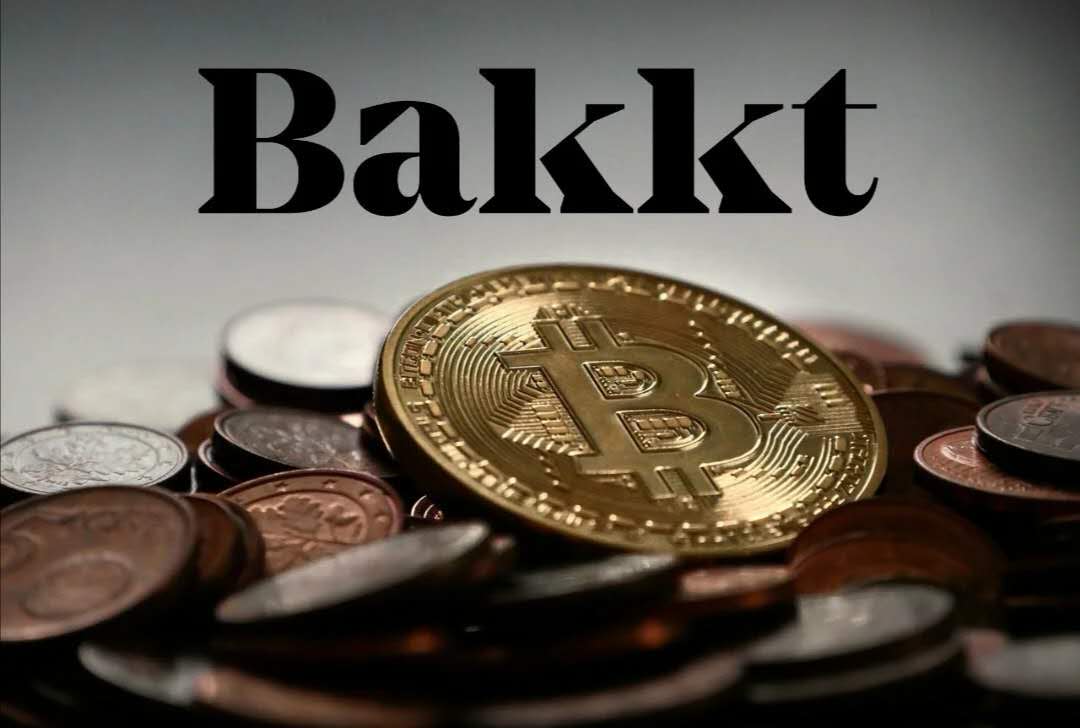Author: Claire Wu

Image source: Internet
Author: Claire Wu
image description
Image source: Internet
Pied Piper Technology Development Community Notes 2020.1.21.
Today, a group of friends asked about the relationship between Bitcoin halving and periodic performance. I compiled the following information for your reference:
In January 2009, Satoshi Nakamoto announced the launch of Bitcoin to the world, after which he dug up 50 Bitcoins.
2013-01-03 BTC/USD $13.45.
On May 21, 2010, American programmer Lassler exchanged 10,000 bitcoins for two pizzas. The market price of these two pizzas was $30, which means that the initial value of bitcoin should be $0.003. . Every year after that, we call it Pizza Day.
In November 2012, Bitcoin's first mining reward was halved, and the reward for each block was reduced to 25 BTC.
2013-11-29 BTC/USD $1242, which rose 5 times in November.
text
Influential events that occurred during the period included:
In January 2013, due to the debt crisis in Cyprus, many people began to abandon the traditional financial industry supervised by banks. Cryptocurrency became popular, and the price of a single bitcoin soared to $265. After that, the price of Bitcoin began to return to rationality.
In March 2013, BTC/USD was $13.45. According to this exchange rate, the total value of Bitcoin issued globally exceeded 1 billion U.S. dollars. The price of Bitcoin has skyrocketed since 2013, although the inflation rate of Bitcoin at this stage was as high as 35%. However, investors who love Bitcoin have begun to realize that the concept of Bitcoin based on "decentralization" and "global consensus" is indeed an epoch-making innovation. much greater than supply.
In the second half of 2013, many European countries competed to introduce policies favorable to Bitcoin, which were highly valued by the people of all countries. The price of Bitcoin started an irrational skyrocketing mode. By the end of November, the price of Bitcoin surpassed that of gold.
Bitcoin ranked 96th in Google's 2013 most searched terms.
On February 25, 2014, Mt. Gox, headquartered in Tokyo, Japan and the world's largest bitcoin platform at the time, shut down its website and stopped transactions due to website security vulnerabilities, causing customers on its platform to lose a large amount of bitcoins . As a peer-to-peer payment network for decentralized bookkeeping, Bitcoin’s ecology has been destroyed by the centralized system built by large trading platforms, which has created a huge unregulated profit-seeking space, making investors feel that Bitcoin’s publicity is guaranteed. Extremely fragile, thus hitting the confidence of Bitcoin supporters.

Image source: Internet
In January 2015, the price of Bitcoin reached a low of about $270 for this cycle.
image description
Image source: Internet
In July 2016, Bitcoin's second mining reward was halved, and the reward per block was reduced to 12.5 BTC.
In December 2017, the price of Bitcoin peaked at about $20,000, the highest point in the four-year cycle from 2013-2017.
The big and influential events that happened in this cycle are:
In 2015, the Greek debt crisis was unresolved, and the market was worried that Greece might withdraw from the euro zone. International investors sold euro assets, and the Greek people bought Bitcoin as a hedge. The price of Bitcoin has been pushed up all the way due to the increasing number of buyers from Greece. On June 16, 2015 alone, Bitcoin soared 7%, the largest single-day increase in the past 18 months.
On September 4, 2017, the People's Bank of China, together with nine ministries and commissions, announced that ICO would be classified as an illegal financial activity and all domestic transactions would be suspended. After that, JP Morgan CEO Dimon once again criticized Bitcoin for being worthless. This dealt a short-term blow to bitcoin, which continued to rise sharply after falling about 50 percent in price.

Image source: Internet
From September to December 2017, affected by the successful hard fork of BCH in August, many hard forked currencies were generated on the Bitcoin network. Investors bought bitcoins in order to obtain these forked coins for free , so that demand exceeds supply. At the same time, affected by the ICO on Ethereum detonating the cryptocurrency market, the market investment atmosphere continued to be hot.
image description
Image source: Internet
On December 11, 2017, CBOE (Chicago Options Exchange) used XBT as the code of Bitcoin for futures trading, which is the first Bitcoin futures listed in the world. Due to the rapid rise in prices, there were two "circuit breakers" within the day. After that, CME (Chicago Futures Exchange) also launched Bitcoin futures.
In November 2018, there was a computing power war between BCH and BSV hard fork. In December 2018, it was rumored that part of the Bitcoin computing power was transferred to BCH mining to deal with the computing power war caused by the BSV hard fork, and the price of Bitcoin plummeted. 50% to the lowest point of this cycle, about 3100 US dollars.

Image source: Internet
In April 2019, Venezuela, where the situation was tense, faced a collapse of its legal currency, and the value of the Bolivar currency was like waste paper. The price of the same cup of coffee in April was more than 3,700 times that of a year ago. Venezuelan nationals can only use cryptocurrencies such as Bitcoin as a transaction tool. In February 2019, Venezuelan cryptocurrencies traded around $9 million in volume, with citizens using cryptocurrencies such as Bitcoin to exchange for foreign currency to buy needed supplies or send money back home.
image description
Image source: Internet
In June 2019, the social giant Facebook announced the creation of the virtual currency Libra, which will be launched in the first half of 2020. In the early days of Libra's launch, many payment giants, such as PayPal, Visa, and communication industry giants, such as Vodaphone, participated in the Libra Alliance, intending to jointly establish a trusted encrypted ledger in an attempt to compete with Bitcoin.
In August 2019, BAKKT, a subsidiary of Intercontinental Exchange, announced that it had obtained a New York State trust license through the New York State Department of Financial Services (NYDFS), and Bakkt was able to launch physical delivery Bitcoin futures products on September 23, 2019. In addition to launching cryptocurrency derivatives, including bitcoin futures and options, Bakkt also provides cryptocurrency custody services for institutions.

Image source: Internet
According to TheBlock, during the World Economic Forum in Davos 2020, Bakkt President Adam White shared some development details about the Bakkt exchange. He said Bakkt's consumer apps would treat digital assets as any form of digitized value, including cryptocurrencies such as bitcoin. That means the app can also support virtual goods like rewards points and stocks. In the future, stocks that appear in encrypted form can be directly converted into legal currency for consumption, but consumers will not feel the process of converting stocks into legal currency. They will feel that stocks can directly buy coffee at Starbucks. This would make the app more akin to traditional fintech products like PayPal, rather than crypto-native products like Flexa that allow retailers to accept bitcoin payments.
image description
Image source: Internet
In 2019, many forward-looking institutions have participated in the investment in the cryptocurrency market. Fidelity Investments, one of the world's foremost asset managers and financial services firms, has launched bitcoin custody for thousands of clients, a business that currently serves trillions of dollars worth of assets.
In November 2019, according to data from the Argentina cryptocurrency exchange, Bitcoin in Argentina was 38% more expensive than other parts of the world, with an astonishing premium. This situation may be related to local political turmoil and economic instability related. While the Argentine peso (ARS) depreciated sharply, the Argentine government, in order to stabilize foreign exchange reserves, further restricted local people from buying US Dollars (US Dollar), which caused panic. Therefore, people are willing to pay high prices to obtain Bitcoin to preserve their value.
In May 2020, the Bitcoin network will usher in the third mining reward halving. How Bitcoin will develop, we will wait and see. . .
Finally, I would like to quote an interview with former Goldman Sachs CEO Blankfein to deepen everyone's understanding of the deep meaning that Bitcoin represents:
"I've read a lot of history, and I know that once a coin said it was worth $5, it was backed by $5 worth of gold. Now our paper money is backed by fiat currency, which means the government says Forget it. Maybe in a new world, there will be some currency systems supported by "consensus".
This new "consensus-backed" currency is no longer a legal currency granted by the government. It is agreed by a group of people who have reached a consensus and jointly recognize the value of this currency. From this point, we can see that the currency supported by the government, legal currency or any other centralized system is not necessarily the most ideal and only currency system.
Blockchain technology can cause the public to rethink issues such as currency, financial services and economic systems, and at the same time bring another choice in terms of currency and transactions. When this consensus-based currency takes shape and is accepted by the masses, it is no longer about my personal comfort. If we can go back in time and witness Bitcoin really succeeding, I can reasonably explain how this money would naturally evolve.